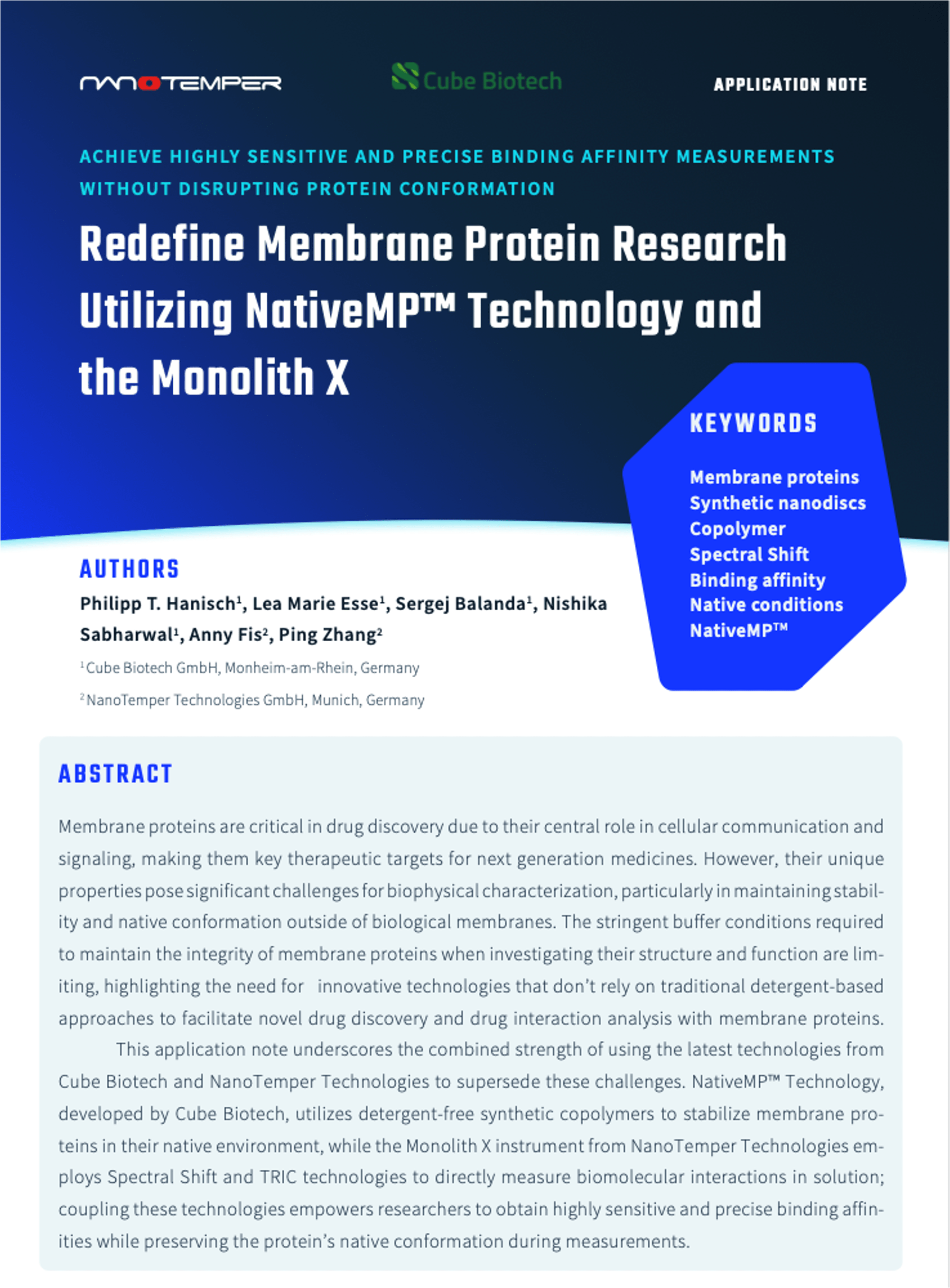Laetitia J. Martin, Manfred Koegl, Gerd Bader, Xiao-Ling Cockcroft, Oleg Fedorov, Dennis Fiegen, Thomas Gerstberger, Marco H. Hofmann, Anja F. Hohmann, Dirk Kessler, Stefan Knapp, Petr Knesl, Stefan Kornigg, Susanne Müller, Herbert Nar, Catherine Rogers, Klaus Rumpel, Otmar Schaaf, Steffen Steurer, Cynthia Tallant, Christopher R. Vakoc, Markus Zeeb, Andreas Zoephel, Mark Pearson, Guido Boehmelt & Darryl McConnell
Journal of Medicinal Chemistry
2016 vol: 59(10) pp: 4462–4475 doi: 10.1021/acs.jmedchem.5b01865
Abstract
Components of the chromatin remodelling switch/sucrose nonfermentable (SWI/SNF) complex are recurrently mutated in tumors, suggesting that altering the activity of the complex plays a role in oncogenesis. However, the role that the individual subunits play in this process is not clear. We set out to develop an inhibitor compound targeting the bromodomain of BRD9 in order to evaluate its function within the SWI/SNF complex. Here, we present the discovery and development of a potent and selective BRD9 bromodomain inhibitor series based on a new pyridinone-like scaffold. Crystallographic information on the inhibitors bound to BRD9 guided their development with respect to potency for BRD9 and selectivity against BRD4. These compounds modulate BRD9 bromodomain cellular function and display antitumor activity in an AML xenograft model. Two chemical probes, BI-7273 (1) and BI-9564 (2), were identified that should prove to be useful in further exploring BRD9 bromodomain biology in both in vitro and in vivo settings.
Topics: SPR, Aromatic compounds, Organic solvents, Screening, Small molecules, Supplements, Monolith – MicroScale Thermophoresis, MST, Proteins, Publications











